Teaching Pointing dogs to back and honor each other in the field is essential if you hunt more than one dog. If you have remote bird launchers, it is easiest to do or you can do it with manual launchers but will need an assistant. An assistant is best for both scenarios. It is also important that your dog know whoa really well so practice that before heading into backing. Also, I strongly believe the dog should be steady on their own birds first. Backing is done easily if you lay the foundation properly. Honoring is the last thing you need to teach. If you have done everything properly, that will be in your dog’s 2nd season.
Here’s how it goes using the remote launcher. First, put the remote launcher with bird in it in front of the silhouette. The wind must be blowing from bird to silhouette. Next bring your dog INTO the wind behind the silhouette. Obviously the silhouette will need to be standing at an angle so your dog can see it. When your dog sees the silhouette, make sure she can also smell the bird. This requires a bit of pre-setup calculation on your part to make sure everything is right. Ideally the dog sees the silhouette and smells the bird at approx. the same moment. If your dog does not point and honor on its own, gently check her into a point. Press the remote to release the bird, shoot a cap gun, praise your dog for standing and take her away. It is better if you have a string attached to the wooden leg that holds up the silhouette so you can reach down and pull it so it falls over: otherwise, it will redirect their attention to the pointing dog again.
The dog handler holds the leash or check cord for the honoring dog to prevent it from breaking when tempted by the slow assistant who is making a big fuss over the dummy dog on point. If the honoring dog breaks, check him. Then take your dog by the collar or heel it away in the opposite direction of the dummy. Your assistant and the path the bird flew away on so as to dissuade delayed chase – this teaches the dog that once it is gone, it is gone. After your dog is pointing and honoring the dummy, then set it up so he can see the dummy but can’t smell the bird. Handle him just as above. If your dog whoa’s well you can always whoa a young dog into an honor then eventually they will ‘get it’ although some dogs are greedy and they have to be dealt with accordingly. I prefer to check them first, then when stopped, reassure them with a gentle ‘whoa’. Reinforce correct behavior so as to help prevent the dog from making a mistake.
Most bird dogs that have any clue about what they were bred to do could care less about treats when in the field. If you use treats in the yard for association, at some point you have to blend the vibration in with some other form of praise in the yard and field. The dog learns from the handler that when it hears the warning tone, it is about to get shocked if it does not comply. That dog hears the warning tone and is quickly running through his learned list of do’s and don’ts and trying to figure out which one he is screwing up now. Probably because a solid foundation was not laid for the poor dog to begin with and so he is clueless about what he is doing wrong. The dog becomes afraid of the tone because he doesn’t know what he’s doing wrong, gets shocked after the warning tone and worse yet, the owner/handler is clueless as to why the dog is clueless. Soon the poor dog shuts down when he hears a warning tone. To make things worse, the owner/ handler likes using the beeper built into his new e-collar to help him keep track of the dog and now the owner/handler doesn’t understand why the dog has stopped hunting and won’t leave his feet when the beeper is turned on.
To read more about training gun dogs check out other articles on https://buyandsellhuntingdogs.com
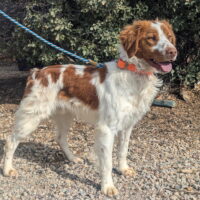

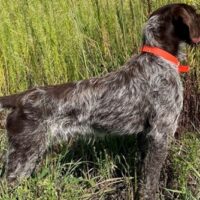
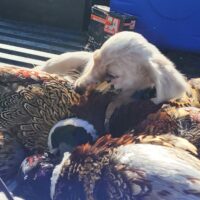
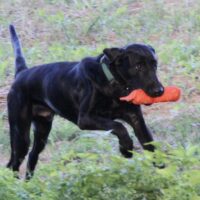


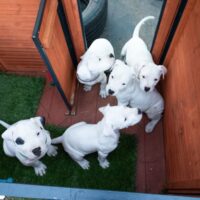



Speak Your Mind